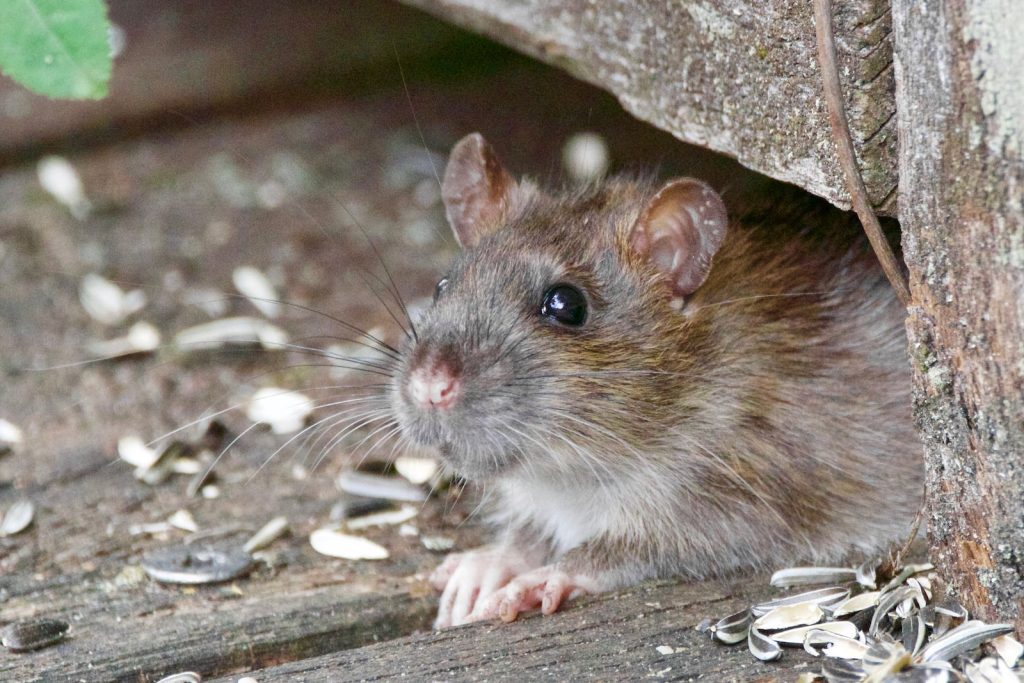
Rats make great pets. They are affectionate, and loveable, can learn basic commands, and come in many sizes and colors. All domestic rats are descendants of the brown rat (Rattus norvegicus). They have short noses, small eyes, and ears. Some variants may also have a longer tail.
The American Fancy Rat & Mouse Association recognizes seven types of rats. These are the standard for the species.
The 7 Types Of Pet Rat Breeds
1. Standard Rat
The Standard breed is the closest to wild brown rats. The Standard breed has normal-sized ears and has its head covered in hair. The length of their tail is approximately equal to that of their bodies. They eat a normal rat diet, with no special or unusual requirements. They can be loved and cared for through regular handling and responsible ownership.
2. Rex Rat

Rex variants are found in many types and species of animals. Rex rats have curly or crinkly fur, just like other Rex animals. They have a curly look to their whiskers and eyelashes, and a wooly feel. This is why they are called sheep rats. As they age, Rex’s fur can become thinner and may develop bald spots. Double Rex Rats may also be mentioned, as they have two of the Rex genes and very curled fur. They might have problems with their eyebrows or whiskers.
3. Manx Rat
Because it lacks a tail, the Manx rat is sometimes called the “tallies rat”. While some rat species have a tail stub but not a full tail, others do not. Because the tail is so important for the pet rat’s balance, and self-care, this type of pet rat may need additional care. Kennel clubs and associations do not always recognize tailless variants.
4. Sphynx Rat
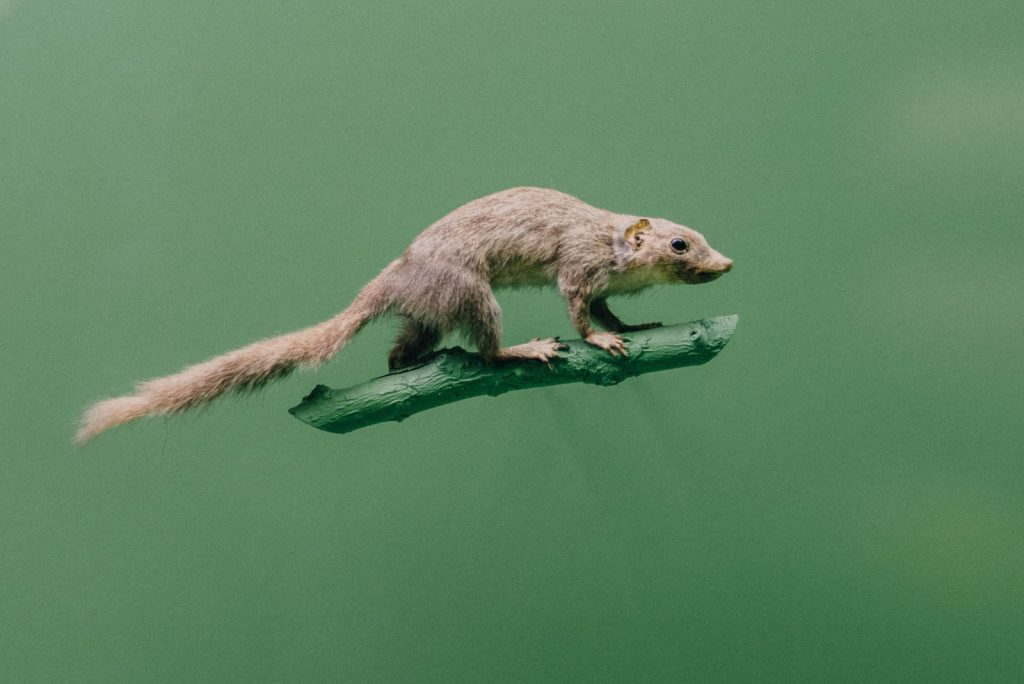
Another rat breed is the Sphynx. Its most prominent feature is what gives it its name. The hairless rat has been selectively bred to have no hair. You will need to give them warmth and help them avoid getting sick. The Sphynx rat is not recommended for pets because it encourages the breeding of this breed of rat.
5. Satin Rat
Satin Coat or Satin Rat, is a name that describes the Satin rat’s long, shiny coat. It can be difficult to distinguish Satin from other breeds when they are young. The best way to identify them is to use their whiskers. Except for the tip which is curled, the Satin Coat Rat’s whiskers are straight.
6. Dumbo Rat
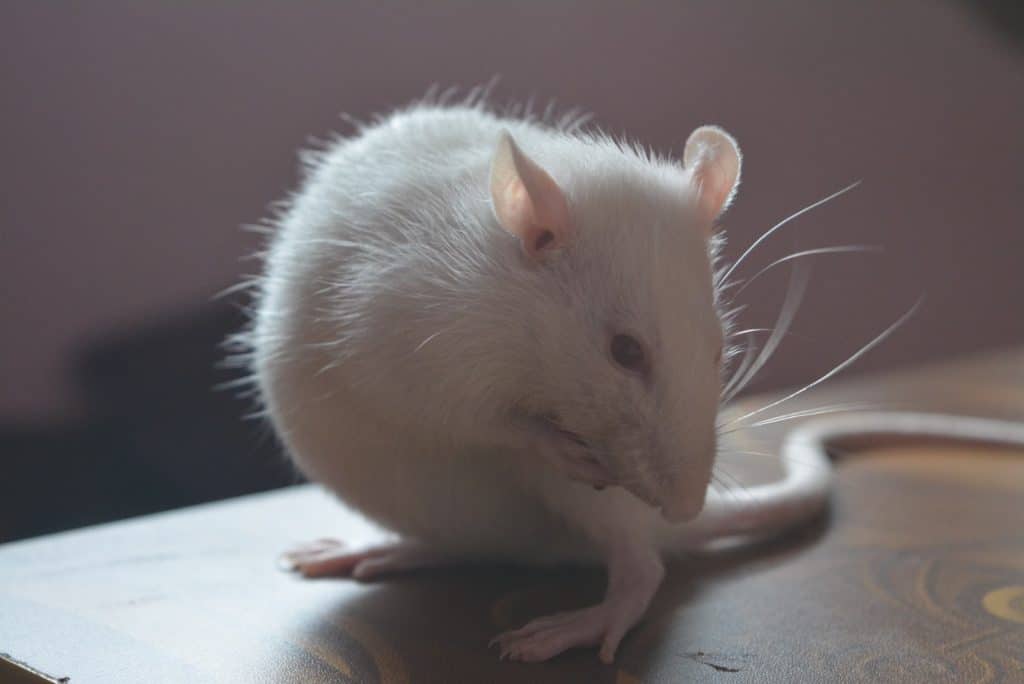
The ears of the standard rat are located on the top of the head. However, those of the Dumbo rat is located lower down and much larger. The entire head appears larger. Although owners claim that the breed is more friendly and lives longer, scientific evidence does not support this assertion. They live the same life expectancy as standard rat breeds. The level of interaction that a rat has with its owners determines how friendly they are.
7. Bristle Coat Rat
The bristle-coated Rat has a coarse, rough coat with the feel and texture of a wire brush. The coat can appear curled when young but will become straighter as the rat grows older. The Bristle Coat is available in almost any color and marking. It will have straight whiskers with curled ends, similar to Satin Coat rats’ whiskers.
Other Variants
There are many other breeds that exist in addition to the standard breeds. Although they may not be well-known by kennel clubs or owners, breeders, and owners are likely to know about them. They are often named after their colors, but they are distinct enough that they can be considered a separate breed.
1. Topaz
The rich, gold-colored Topaz rat is closely related to the Fawn in the USA. The Topaz rat has dark eyes that almost appear black. Breed standards require that the belly fur must be silver.
2. Lilac Agouti
Agouti is a term that describes fur that has a light-colored band and a grizzled appearance. Pet rats might have a variety of agouti colors. The lilac Agouti combines blue and lilac bands. It should have a silver belly with grey feet. Dark ruby or black eyes are recommended.
3. Cinnamon Pearl
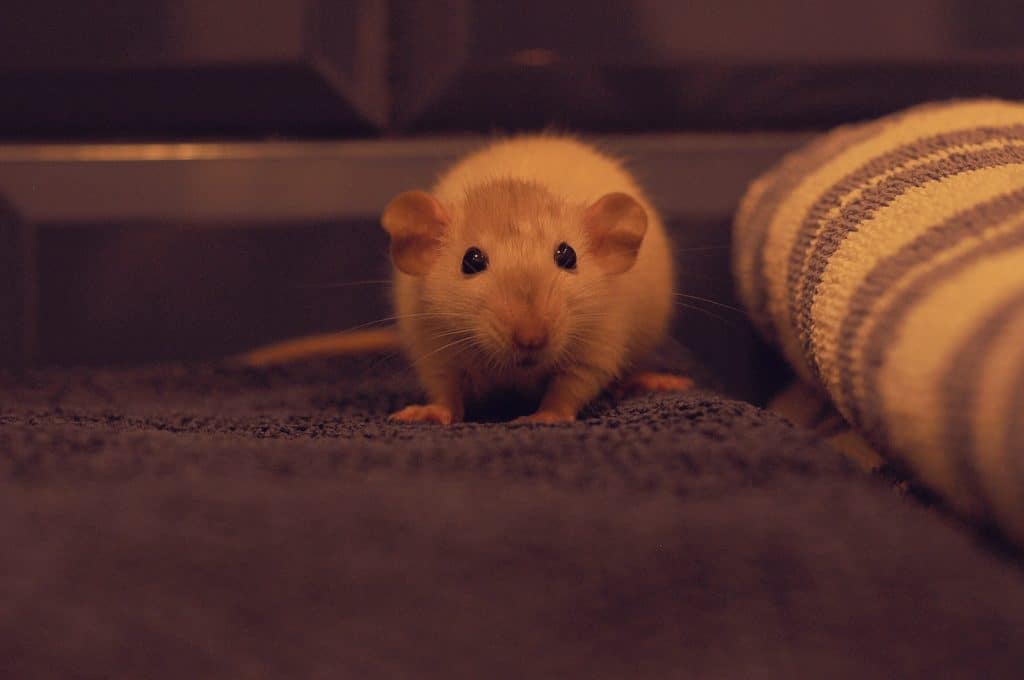
Three bands are present in the Cinnamon Pearl Rat’s coat. The coat’s base is cream and the middle is blue-orange. The guard’s hair is silver. The Cinnamon Pearl is a solid silver pearl.
4. Silver Fawn
The silver in the name of the Silver Fawn is due to the silver-colored guard hairs. However, the Silver Fawn has a more fawn appearance. The preferred color for the US is lighter amber, although it may also be darker. The breed is attractive because its eyes are more pink than dark.
5. Powder Blue
Powder blue, in contrast to British Blue which is the darkest blue for rats, is a very pale hue. It is described as a pale dove-blue color. The eyes are either black or ruby.
6. Quicksilver
Quicksilver, a platinum color, is available. It should have the appearance of a bright, blue-grey color and not hint at lightning. The eyes should be light ruby, and the feet should be grey.
7. Russian Pearl
This mix of Russian Blue, Pearl, and Mink is the breed. It is a silver-colored dog with cream undertones. It has grey-tipped hair, grey feet, and black eyes.
8. British Blue
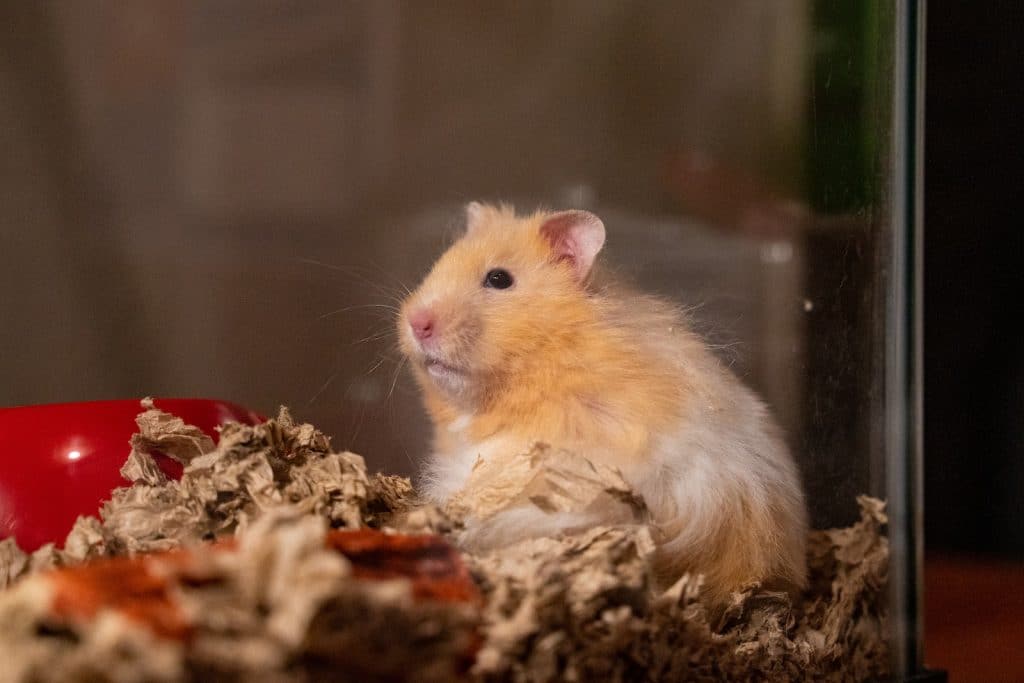
The color of the blue gene can vary from a powdery to a dark, almost slate-like grey. British Blue is the darkest. While early blue rats were susceptible to illness, modern British Blues are resilient animals that share similar traits and health characteristics to Standard rats. The British Blue should have white toes and be a steel-blue color with no discoloration.
9. Burmese
Another breed of rat is the Burmese, which shares its gene with a cat. Burmese is a toffee-colored, seal-pointed rat that has black eyes.
Conclusion
Rats make great house pets if they are loved and cared for well. They will learn basic commands and respond to your name. There are so many colors and patterns available that almost every breed can be matched to your tastes. Below are 16 popular breeds. We also listed 7 breed standards that have been recognized by kennel clubs. There are many other breeds, such as cross variants or mixed genera.
What is the finest rat to have as a pet?
The Best Domestic Pet Rat. Rattus norvegicus domesticus, a domesticated Norway rat, is accessible in the pet and laboratory markets.
Is it okay if I kiss my pet rat?
You should not kiss, nuzzle, or hold rats up to your face. This might frighten your rats and increase your chances of getting bitten. Bites can transmit germs and make you sick. You don’t have to come into contact with pet rats to become ill from their germs.
What makes rats lick you?
I’m Nibbling On You If your rat nibbles or licks you, he or she may be grooming you to show you affection. Rats have a keen sense of smell, so your rat may nibble, lick, or smell you after you eat or prepare food.
Is it possible for a rat to get into my bed?
Rats are unquestionably excellent climbers. The mouse, the rat’s smaller relative, can also reach countertops and dresser tops. As a result, it is reasonable to believe that a rat may easily jump onto a bed. Furthermore, a pet rat owner can attest that a rat can climb into a bed.
What do rats fear the most?
Rats are terrified of human activities, owing to the fact that humans are considerably larger than they are. Rats are also afraid of predators like hawks, eagles, and other birds of prey. Rats are also terrified of your cat, as well as rat terriers and other canines that hunt rodents.
Which rats are the most amiable?
Many people feel that Dumbo rats are nicer than other varieties of rats. (The ears of Dumbo rats are on the sides of their heads rather than on top, like in Walt Disney’s “Dumbo the Elephant.”) Burmese people are also known to be quite friendly.